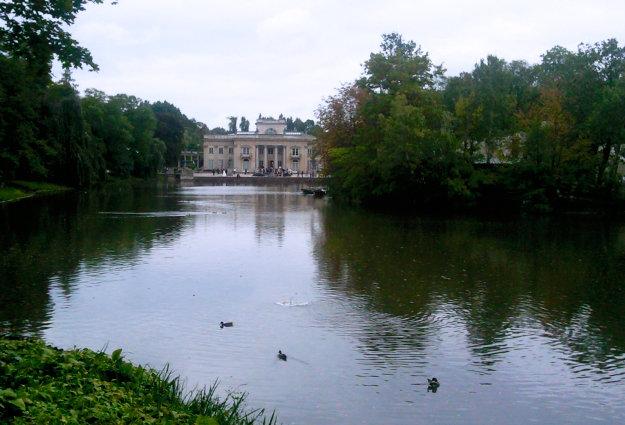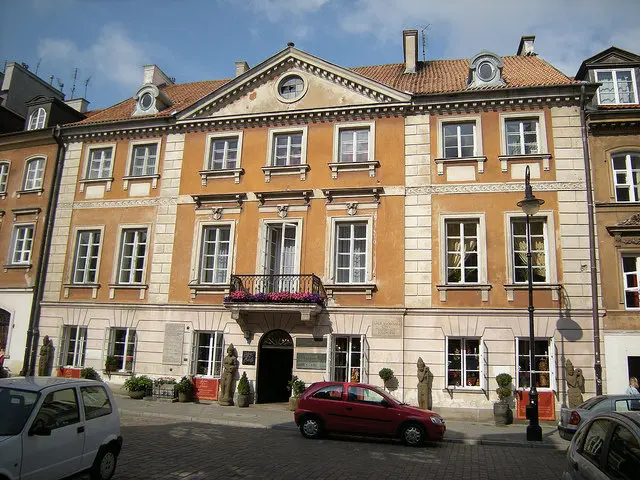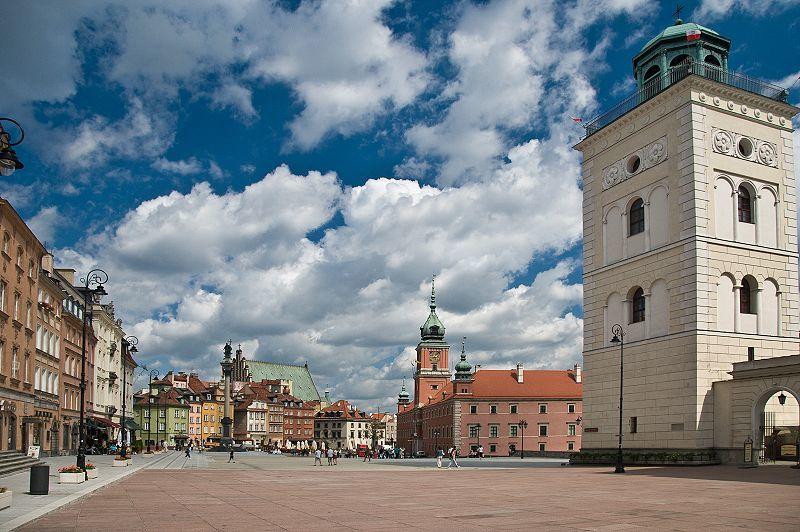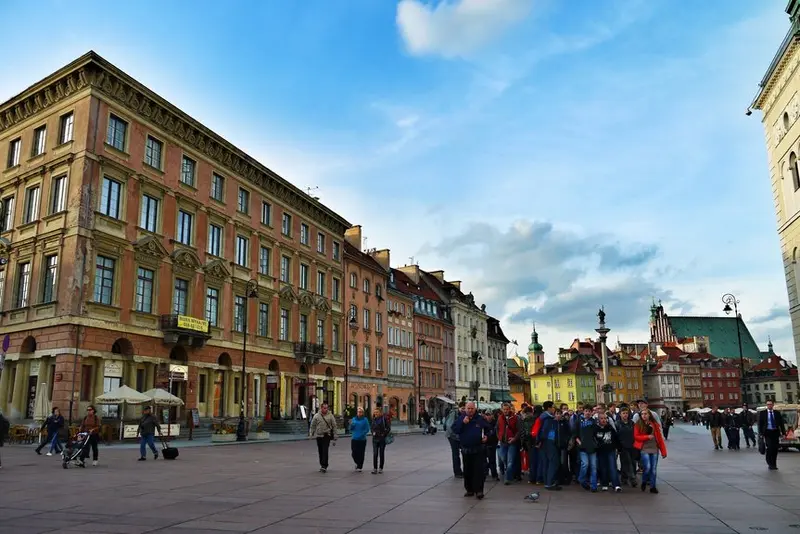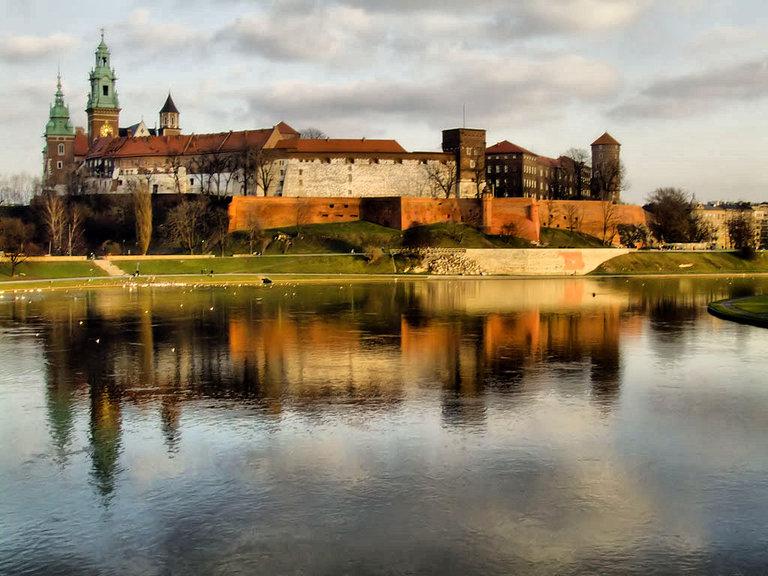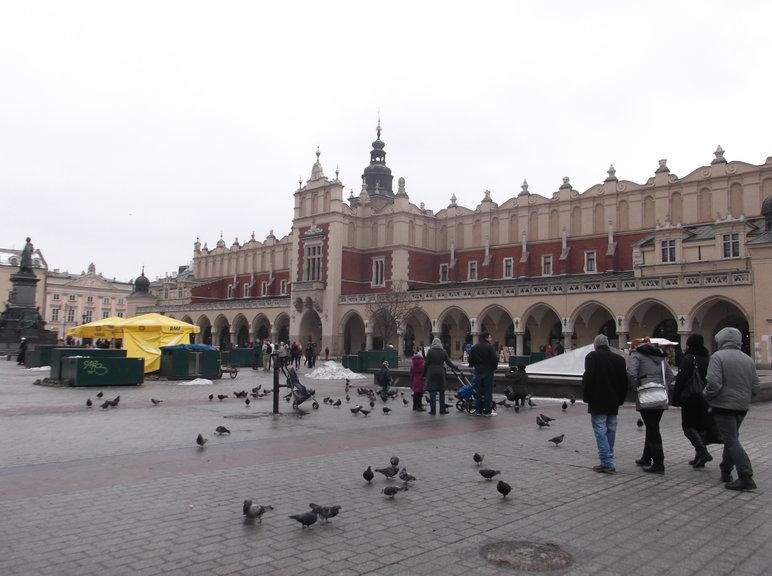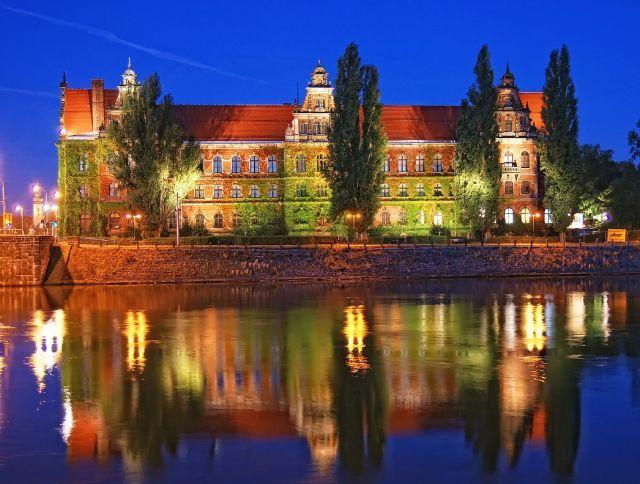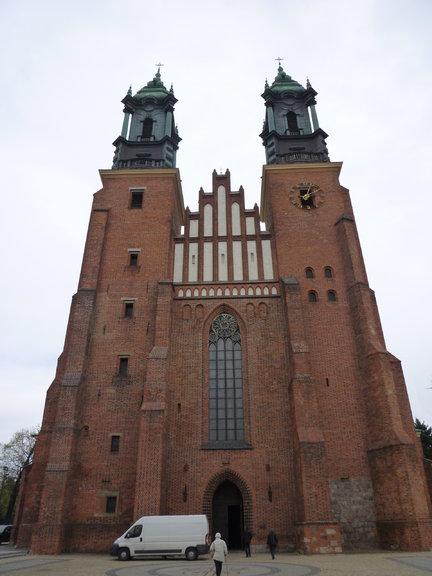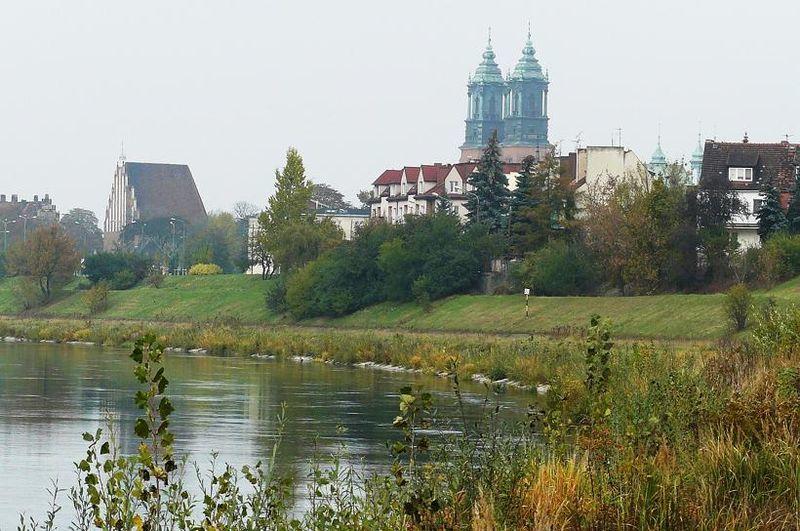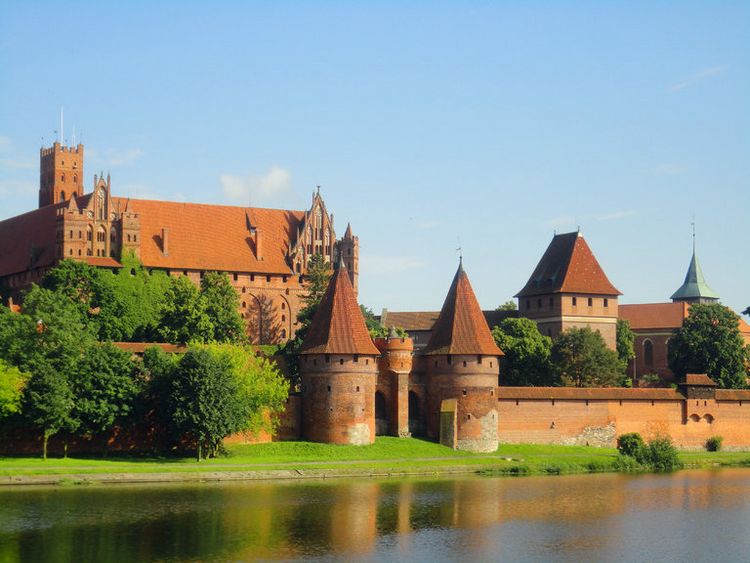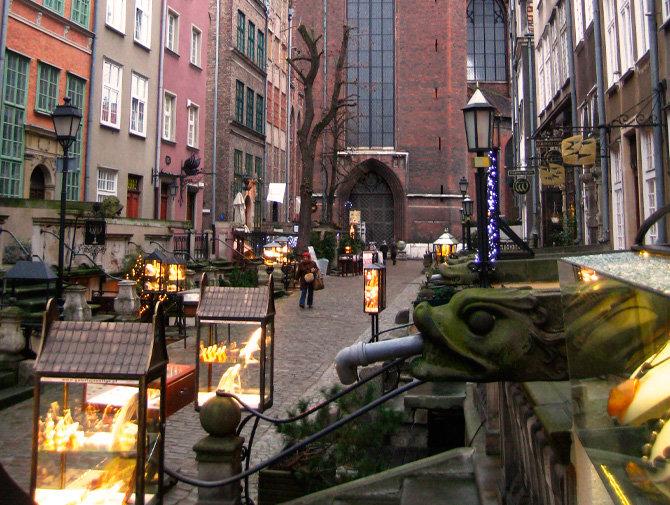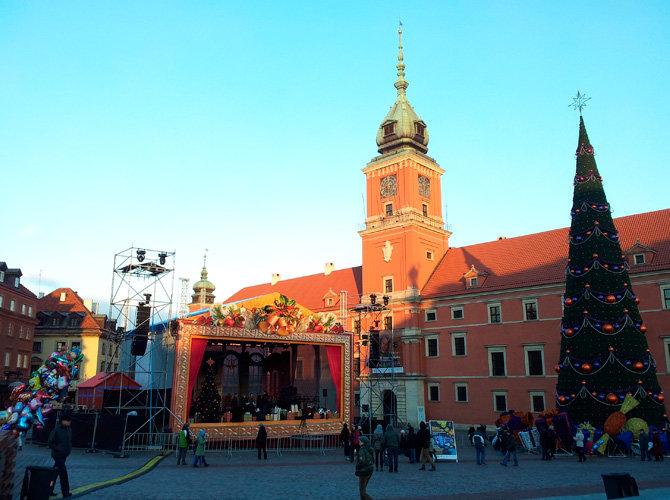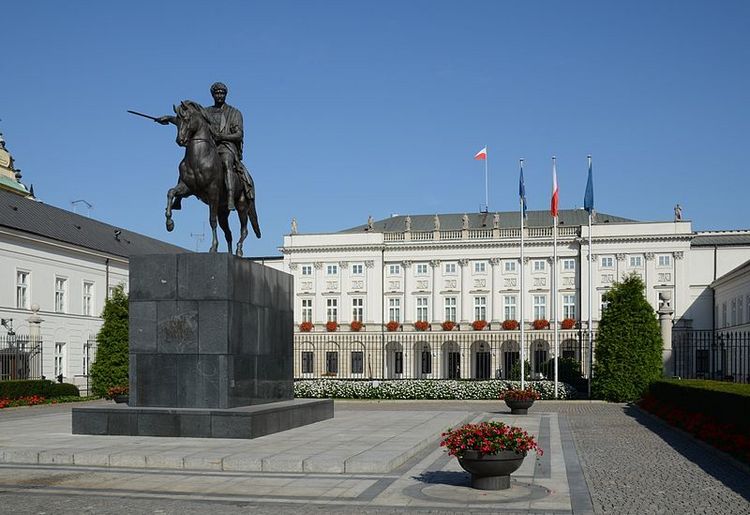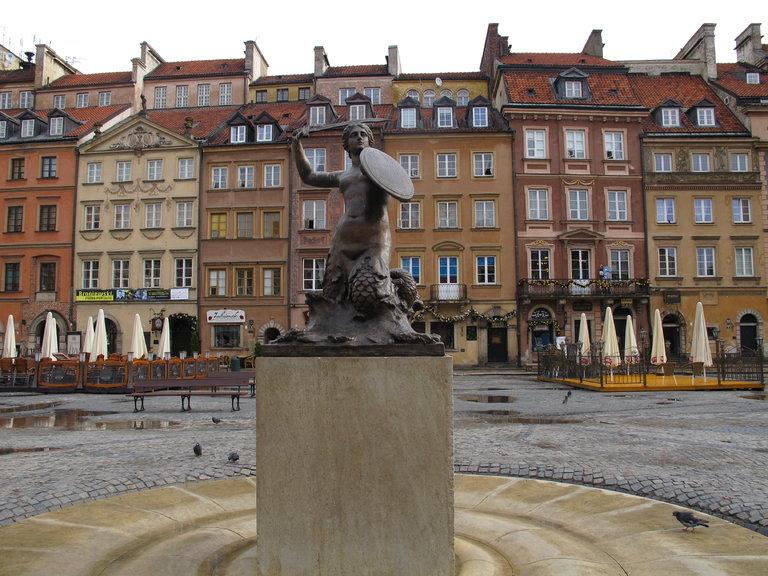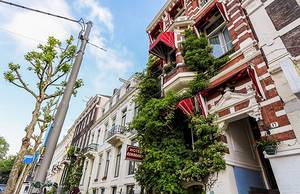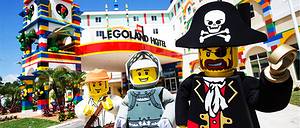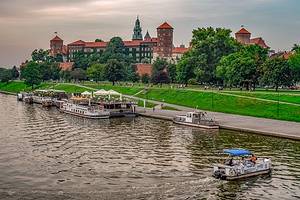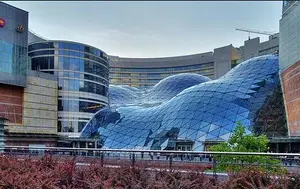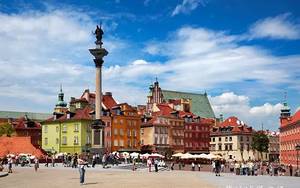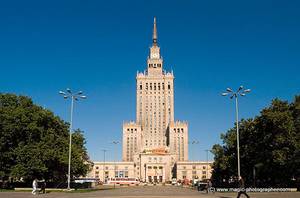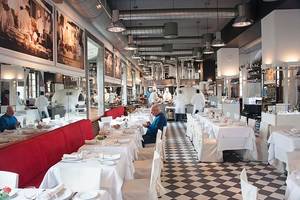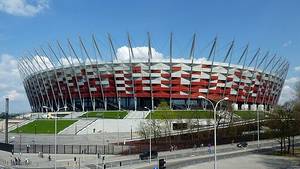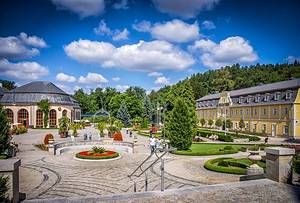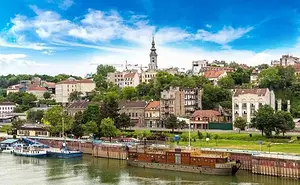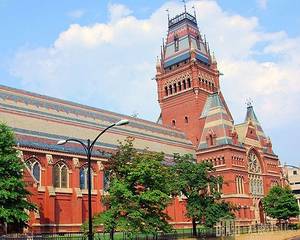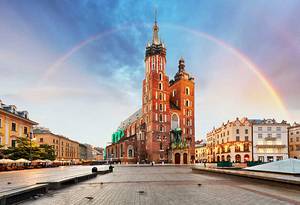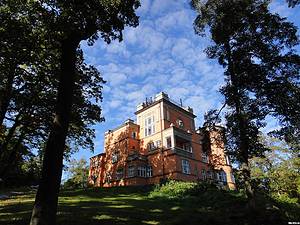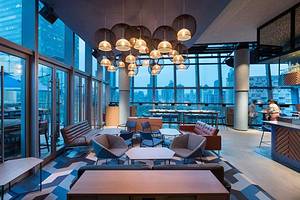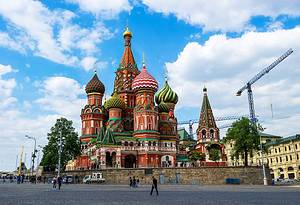6-day road trip in central Poland
6 cities |
18 attraction(s) |
total distance 331
km
 TIPS
TIPS
Day1
Day2
Day3
Day4
Day5
Day6
Day1: Warsaw
4 attraction(s) ·
10 km
1
Łazienki Park, originally named Wazynków Park, is the largest park in Warsaw. It is also known as Łazienki Royal Baths Park, named after the Chopin statue. It is a grand park with a piano concert held under the statue on weekends during the summer. You can simply find a chair and enjoy a free concert afternoon. The park also features the stage of the Roman Theatre, where occasional performances from around the world take place.
7
km
2
Marie Curie was a famous Polish physicist and chemist. This place used to be her residence and is now converted into a memorial museum. It showcases scenes from Madame Curie's life and work.
3
km
3
Castle Square (Polish: plac Zamkowy w Warszawie) is the starting point for visiting the Old Town. The central building on the square, the Sigismund III Vasa Column (Polish: Kolumna Zygmunta III Wazy), attracts many tourists every day.
1
km
4
The buildings in Warsaw's Old Town are all reconstructed in later periods, but it doesn't affect people's appreciation of its beauty. The Old Town includes many attractions, such as the Mermaid Statue, Royal Palace, Old Town Square, and Madame Curie Museum. Visitors can spend half a day in the Old Town area, slowly enjoying the surrounding architecture and tasting local specialties. (Image from wiki, CC license, by Marek and Ewa Wojciechowscy)
Day2: Krakow
3 attraction(s) ·
17 km
1
Wieliczka Salt Mine is located in southern Poland, built in the 13th century. It was continuously mined and provided salt for the Polish royal family. It was known as the world's oldest active salt mine, but is now inactive. The mine is 327 meters deep and over 300 kilometers long, with nine underground levels and tunnels over 100 kilometers long. It contains chambers, chapels, statues, and underground lakes, resembling an underground city. The famous St. Kinga's Chapel, built in 1896 after over 70 years of work by mining sculptors, was completed in 1963. The chapel is over 54 meters long, 15-18 meters wide, and 10-12 meters high. The floor is adorned with exquisite patterns and the ceiling features beautiful chandeliers. The chapel has an altar and many statues, including a 5 to 6-foot tall statue of the Virgin Mary. The walls are carved with reliefs, mostly depicting biblical stories, including a relief of Leonardo da Vinci's famous painting "The Last Supper". Approximately 1.2 million visitors come here annually. In 1978, Wieliczka Salt Mine was listed as a UNESCO World Heritage site.
15
km
2
Wawel Castle is located near the center of Krakow, Poland. It is the oldest palace in Poland and has served as the residence of kings since the 10th century. Many coronation ceremonies have taken place here. The coffins of the former president and his wife who died in a plane crash in 2010 are placed in the underground church of the castle, and it is the only coffin that can be photographed. The castle includes several separate attractions, such as the State Rooms, Royal Private Apartments, Crown Treasury and Armoury, Oriental Art, The Lost Wawel, Dragon's Den, and Sandomierska Tower. Different tour routes are available. The opening hours of each attraction may vary, and visitors need to purchase tickets separately and confirm in advance on the official website.
2
km
3
The Main Market Square in Krakow, Poland, is one of the largest medieval squares in Europe. It was formed in 1257 and covers an area of 40,000 square meters. The square is rectangular in shape with the Renaissance-style Cloth Hall and the Gothic St. Mary's Basilica in the center, reaching a height of 80 meters. There is also the magnificent St. Adalbert's Church on the square, as well as many other old buildings and palaces.
In 1978, the Main Market Square was listed as a World Heritage Site by UNESCO. In December 2005, it was voted as the best square in the world. Today, it has become a focal point for public events and festivals, hosting the annual traditional festivals and concerts in Krakow, with the most grand celebration being the New Year's Eve party in Poland.
Day3: Krakow > Wroclaw
2 attraction(s) ·
229 km
1
Auschwitz concentration camp is located in the city of Auschwitz, southwest of Krakow. It was one of the labor and extermination camps established by Germany in Poland during World War II. Today, it has become a famous memorial site and museum. There are two camps in the area, the larger Auschwitz main camp and the smaller Auschwitz-Birkenau second camp, which are about 3 kilometers apart. There is a free shuttle bus that runs between the two camps every hour.
229
km
2
Exhibit medieval artworks and exquisite modern Polish paintings in the region of Silesia. One of Poland's most important museums, it houses valuable collections of art and unique artifacts from the Middle Ages to the present. The collection includes nearly 200,000 Polish and European paintings, sculptures, ceramics, glassware, and crafts. Highlights include a 14th-century Lion Throne of Queen Jadwiga and a gilt silver reliquary of St. Hedwig. The Baroque Hall features a section of Poland's largest painting collection, "The Silesian Rembrandt" by Michael Willmann. The museum also showcases works by renowned Polish artists from the 17th to the 19th century, such as Aleksander Gierymski, Artur Grottger, Jacek Malczewski, and Olga Boznańska. The contemporary art collection encompasses 20,000 exhibits, including paintings, prints, sculptures, glassware, ceramics, and photographs. Valuable exhibits include works by Piotr Bołtryk, such as "Winter Landscape with a Bird-trap" and "Twilight."
Day4: Poznan
3 attraction(s) ·
3 km
1
Town Hall is a iconic building in the Old Town Square, built in a typical Renaissance style. It has three levels of arched windows, three small domes on the top facade, and a large dome in the main hall. The Town Hall was originally built in the 13th century (its original structure is still preserved in the basement), and most of the existing building is a result of renovations in the 16th century. The Town Hall now serves as the Poznan City History Museum, showcasing the history of Poznan from the 11th century to 1945. Another notable attraction of the Town Hall is the daily noon chime, where at 12 o'clock the small door on the tower opens and two metal goats collide their horns 12 times.
3
km
2
Located on Ostrów Tumski, about 1 kilometer east of the Old Town Square, surrounded by water, the island is easily defended and was one of the earliest developed land in Poznań. The cathedral, completed in 968, is Poland's first Christianized church and has suffered from natural disasters and wars. The interior is in the original Renaissance style, with a Gothic section rebuilt after World War II. The Byzantine-style Golden Chapel houses the tombs of three kings and five dukes of the Polish dynasty, including its founder, Bolesław I.
1
km
3
This is a quiet area where many bishops, priests, and believers gather. The most famous churches include St. Peter and Paul Cathedral, Our Lady Church, and the Grand Cathedral. They are not far apart and can be visited on foot.
Day5: malbork > Gdansk
3 attraction(s) ·
70 km
1
The largest Gothic castle in Europe and the largest brick castle in the world, a World Heritage Site, located about 40 kilometers from Gdańsk, accessible for a day trip. It was the headquarters of the famous Teutonic Knights in the Middle Ages, built in 1274, situated on a highland along the Nogat River. It is a typical representation of the historical disputes between Poland and Germany (Prussia), consisting of three interconnected castles.
67
km
2
It is the second street north of Champs-Élysées, not the first street. The street is lined with shops selling amber products.
3
km
3
Gothic buildings towering on the Royal Avenue, with a historic museum inside called Gdansk History Museum, and a Neptune Fountain completed in 1633.
Day6: Warsaw
3 attraction(s) ·
5 km
1
The Royal Palace used to be the residence of the Duke of Masovia in the Mazovian duchy. After the Polish king moved the court from Krakow to Warsaw, the building became the seat of the Polish king and the central government. After several centuries and multiple renovations, the palace was completely destroyed during World War II. It was later reconstructed using the original building materials that were saved. The Old Town is delineated by Plac Zamkowy, with the old walls serving as a boundary. On Plac Zamkowy, there is a statue of Sigismund III, holding a cross, to commemorate his relocation of the Polish capital from Krakow to Warsaw. The Old Royal Palace next to Plac Zamkowy underwent renovation and reconstruction starting in 1971. It is now a museum, open to the public, and houses many precious treasures of the Polish dynasties throughout history, including exquisite royal collections. The most attractive artworks in the Royal Palace Museum are the genuine works of Bronisław and Bernardo Bellotto. The oil paintings of Canaletto's portraits were of invaluable assistance in the post-war reconstruction of Warsaw. Every day at 11:15 am, a chime can be heard from the palace clock tower.
2
km
2
Presidential Palace (Polish: Pałac Prezydencki) is a neoclassical building constructed in 1818, with a statue of Prince Jozef Poniatowski standing in front. It served as Napoleon's headquarters and now serves as the residence of the President of Poland.
4
km
3
The capital of Poland, Warsaw, is an ancient yet young city. It has a history of over 700 years, but 85% of its buildings were destroyed in the flames of World War II. The beautiful buildings today were mostly built on the ruins of war. Warsaw is a beautiful city with green lawns, tall trees, and vibrant flowers. It has the highest per capita green space among major cities in the world. The tranquil Vistula River adds endless charm to Warsaw. By the shimmering river, there is a bronze statue of a mermaid, which is the symbol and pride of Warsaw. The statue is 4 meters high, with a naked maiden on the upper body and a beautiful carp tail on the lower body. The mermaid holds a sword in her right hand and a shield in her left, leaping above the raging waves. The mermaid has a refined and dignified face.
